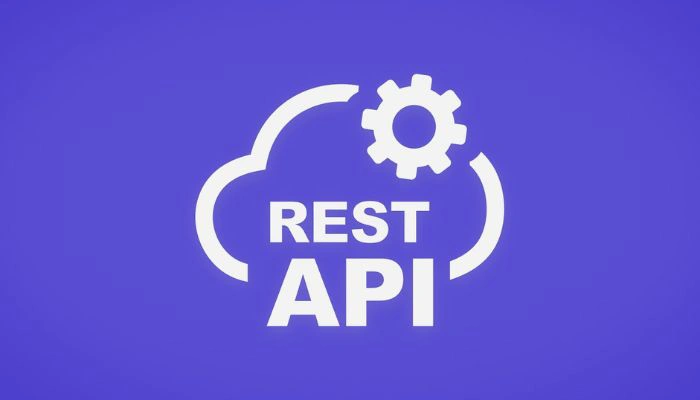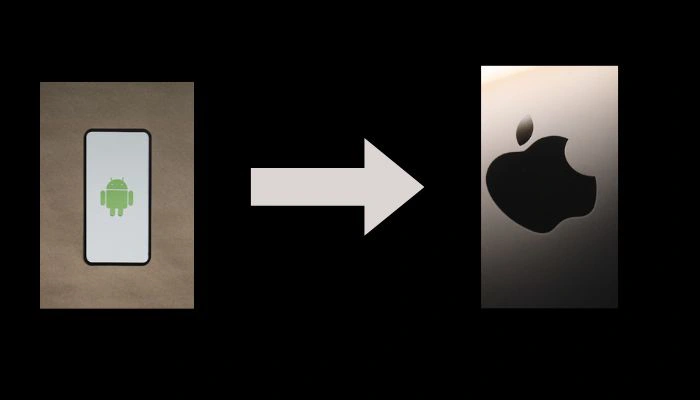What is ERP? Revolutionizing Business Operations for the Modern Era
Efficiency, integration, and data-driven decision-making are no longer luxuries but necessities. Companies are constantly seeking innovative solutions to streamline their operations, enhance productivity, and gain a competitive edge. This pursuit often leads them to a powerful software category known as Enterprise Resource Planning, or ERP. But what is ERP truly, and how can it transform the way businesses function?
At its core, ERP is a comprehensive software system designed to manage and integrate an organization's core business processes across various departments. Imagine a central nervous system for your business, where all vital information flows seamlessly, enabling real-time insights and coordinated actions. From finance and human resources to manufacturing, supply chain, and customer relations, ERP brings disparate functions together onto a single, unified platform. This eliminates data silos, reduces manual effort, and fosters a holistic view of the entire enterprise, driving significant improvements in operational efficiency and strategic planning.
This article will delve deep into the world of ERP, exploring its fundamental concepts, key benefits, various types, and the challenges associated with its implementation. We'll also look at the exciting future trends shaping the ERP landscape, providing you with a comprehensive understanding of this critical business technology. Read on to discover how ERP can be the cornerstone of your organization's success.
What is ERP and How Does It Work?
Enterprise Resource Planning (ERP) is a system of integrated software applications that manage core business processes. Instead of having separate systems for accounting, inventory, sales, and HR, an ERP system brings all these functions together into a single, cohesive database. This integration is the bedrock of ERP's power. When a customer places an order, for example, the information isn't just recorded in a sales system; it instantly updates inventory levels, triggers production orders (if needed), informs the finance department for invoicing, and even updates customer relationship management (CRM) records.
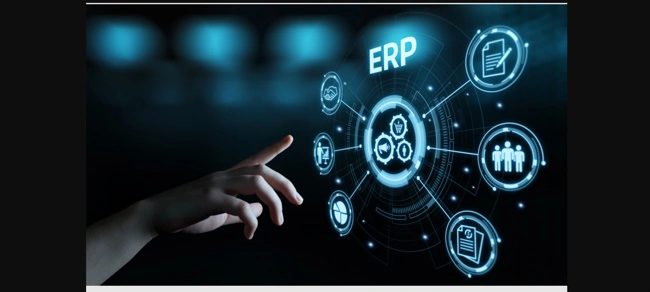
The magic of ERP lies in its ability to facilitate real-time data flow and provide a "single source of truth." This means everyone in the organization, from the CEO to a sales representative, is working with the same accurate, up-to-the-minute information. This eliminates discrepancies, reduces errors, and dramatically improves the speed and accuracy of decision-making. The system typically consists of various modules, each dedicated to a specific business function, all sharing a common database.
Core Modules and Functionalities of an ERP System
A typical ERP system comprises several interconnected modules, each designed to manage specific business processes. While the exact modules can vary depending on the vendor and the industry, some common ones include:
- Financial Management: This module is the backbone of any ERP system, handling all financial transactions, including accounts payable (AP), accounts receivable (AR), general ledger, budgeting, forecasting, and financial reporting. It provides a real-time view of the company's financial health.
- Human Resources (HR) / Human Capital Management (HCM): This module manages all aspects of employee data, including payroll, recruitment, onboarding, performance management, training, and employee benefits. It streamlines HR operations and ensures compliance.
- Supply Chain Management (SCM): This module oversees the entire supply chain, from procurement and inventory management to logistics, warehousing, and order fulfillment. It optimizes the flow of goods and information, reducing costs and improving delivery times.
- Manufacturing: For manufacturing companies, this module is crucial. It handles production planning, scheduling, material requirements planning (MRP), quality control, and shop floor control, ensuring efficient production processes.
- Sales and Marketing / Customer Relationship Management (CRM): While sometimes a separate system, CRM is often integrated with ERP. This module manages customer interactions, sales orders, lead management, marketing campaigns, and customer service, enhancing customer satisfaction and loyalty.
- Procurement: This module automates the purchasing process, from requisitioning and vendor selection to purchase order generation and invoice matching, helping businesses source materials and services efficiently.
- Project Management: This module helps organizations plan, execute, and track projects, managing resources, budgets, and timelines to ensure project success.
These modules work in harmony, sharing data and automating workflows to create a truly integrated business environment.
=> Explore Development for ERP & CMS Solutions
Why is ERP Important for Businesses? The Benefits of Enterprise Resource Planning
The widespread adoption of ERP systems is driven by the significant benefits they offer businesses of all sizes and across various industries. Investing in an ERP solution can lead to a multitude of improvements, positively impacting everything from operational efficiency to strategic growth.

Here are some key advantages of implementing an ERP system:
- Improved Efficiency and Productivity: By automating routine tasks and streamlining workflows, ERP reduces manual effort, minimizes errors, and frees up employees to focus on more strategic activities. This leads to substantial gains in overall operational efficiency and productivity. For example, automated order processing and inventory updates eliminate the need for manual data entry and reconciliation across multiple systems.
- Enhanced Data Visibility and Insights: ERP provides a centralized database, offering a single, real-time view of critical business data. This unparalleled visibility allows management to gain deeper insights into operations, identify trends, and make informed, data-driven decisions more quickly and accurately. This includes everything from sales performance to inventory levels and financial metrics.
- Cost Reduction: While the initial investment in an ERP system can be substantial, the long-term cost savings are significant. By optimizing processes, reducing waste, improving inventory management, and enhancing resource utilization, ERP helps businesses operate more leanly and efficiently, leading to reduced operational costs. It also minimizes the need for multiple, disparate software licenses and their associated maintenance.
- Better Customer Service: With integrated customer data and streamlined sales and fulfillment processes, businesses can respond to customer inquiries faster, process orders more accurately, and provide a more personalized experience. This leads to increased customer satisfaction and loyalty.
- Improved Collaboration: ERP breaks down departmental silos by providing a shared platform for information. This fosters better communication and collaboration among teams, as everyone has access to the same up-to-date data, leading to more coordinated efforts and improved outcomes.
- Scalability and Flexibility: Modern ERP systems are designed to be highly scalable, meaning they can grow and adapt with your business. As your company expands, adds new products, or enters new markets, your ERP system can easily accommodate these changes, providing the flexibility needed for sustained growth.
- Regulatory Compliance and Risk Management: ERP systems often include features that help businesses comply with industry regulations and financial reporting standards. By centralizing data and automating processes, they provide an audit trail and improve data integrity, reducing the risk of non-compliance and financial irregularities.
Types of ERP Systems: Choosing the Right Fit
The world of ERP is not one-size-fits-all. Different deployment models and specialized solutions cater to various business needs and preferences. Understanding the different types of ERP systems is crucial for making an informed decision about which solution is best for your organization.
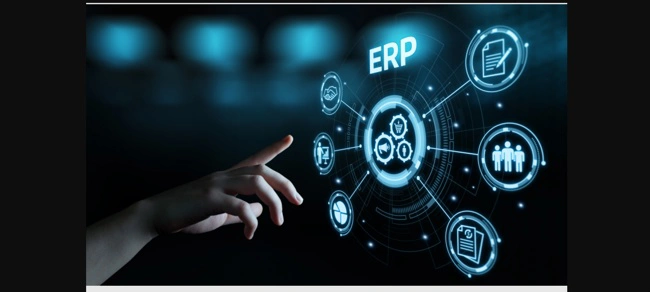
Here's a breakdown of common ERP system types:
1. On-Premises ERP
This is the traditional model where the ERP software is installed and run on a company's own servers and infrastructure within its physical premises. The organization is responsible for managing, maintaining, and updating the hardware and software.
Pros:
- Greater control over data security and customization.
- No reliance on internet connectivity for access.
- Potentially lower long-term costs for large, stable enterprises with dedicated IT teams.
Cons:
- High upfront investment in hardware, software licenses, and IT infrastructure.
- Requires significant in-house IT expertise for maintenance, upgrades, and support.
- Less flexible and scalable compared to cloud solutions.
2. Cloud-Based ERP (SaaS ERP)
Also known as Software-as-a-Service (SaaS) ERP, this model involves the ERP software being hosted and managed by a third-party vendor on their servers and accessed by users over the internet. Businesses typically pay a subscription fee for the service.
Pros:
- Lower upfront costs (no hardware or significant software licenses to purchase).
- Faster deployment and easier scalability.
- Automatic updates and maintenance handled by the vendor.
- Accessible from anywhere with an internet connection, supporting remote work.
Cons:
- Reliance on internet connectivity.
- Less control over data and customization compared to on-premises.
- Security concerns, though reputable vendors have robust security measures.
3. Hybrid ERP
This model combines elements of both on-premises and cloud-based ERP. A company might host core, sensitive modules on-premises while leveraging cloud solutions for less critical or more flexible functions.
Pros:
- Balances control and flexibility.
- Allows for a phased migration to the cloud.
- Can be a good option for businesses with specific regulatory requirements or legacy systems.
Cons:
- Increased complexity in integration and management.
- Can be more challenging to maintain consistency across different environments.
4. Industry-Specific ERP
These ERP systems are tailored to the unique needs and regulatory requirements of a particular industry, such as manufacturing, healthcare, retail, or construction. They often come with pre-built functionalities and workflows relevant to that sector.
Pros:
- Out-of-the-box functionalities that align with industry best practices.
- Reduced need for extensive customization.
- Faster implementation and quicker time to value.
Cons:
- May have limited flexibility if your business processes deviate significantly from the industry norm.
- The vendor pool might be smaller.
| ERP Type | Deployment Model | Key Advantages | Key Disadvantages | Ideal For |
| On-Premises | Company's servers | High control, deep customization, no internet needed | High upfront cost, complex maintenance, less flexible | Large enterprises with dedicated IT, stringent security/compliance needs |
| Cloud-Based | Vendor's servers (SaaS) | Lower upfront cost, scalability, accessibility, vendor handles maintenance | Internet reliance, less control/customization | SMEs, growing businesses, remote teams, those seeking agility |
| Hybrid | Mix of both | Balance of control and flexibility, phased migration | Increased complexity in integration | Businesses with specific legacy systems or partial cloud adoption goals |
| Industry-Specific | Varies (on-prem or cloud) | Tailored features, industry compliance, faster ROI | Limited flexibility, smaller vendor pool | Businesses in highly regulated or niche industries |
Navigating the Challenges of ERP Implementation
While the benefits of ERP are compelling, the implementation process can be complex and challenging. Many organizations underestimate the scope and resources required, leading to delays, cost overruns, or even outright failure if not managed effectively. However, by anticipating and addressing these challenges proactively, businesses can significantly increase their chances of a successful ERP rollout.
Some common hurdles in ERP implementation include:
- Resistance to Change: Perhaps the most significant challenge is getting employees to embrace a new system and change their established ways of working. Resistance can stem from fear of the unknown, perceived complexity of the new system, or a lack of understanding of its benefits. Effective change management strategies, including clear communication, comprehensive training, and involving employees in the process, are crucial to overcome this.
- Inadequate Planning and Requirement Analysis: A poorly defined scope or a lack of thorough analysis of business requirements can derail an ERP project from the start. Without a clear understanding of what the business needs the ERP to achieve, the chosen system might not be the right fit, or its implementation may miss critical functionalities.
- Data Migration Issues: Transferring large volumes of existing data from old, disparate systems to the new ERP can be a monumental task. Data quality, consistency, and format can present significant challenges. Inaccurate or incomplete data migration can lead to system errors and undermine the "single source of truth" promise of ERP.
- Customization Overload: While ERP systems offer customization options, excessive customization can lead to higher costs, longer implementation times, and difficulties with future upgrades. It's crucial to balance the need for specific functionalities with the desire to stick as closely as possible to the standard ERP features.
- Lack of Executive Support and User Engagement: Without strong sponsorship from senior management and active engagement from key users across departments, an ERP project can lose momentum and face internal roadblocks. Executive support ensures adequate resources and budget, while user engagement fosters adoption and provides valuable input.
- Underestimating Costs and Timelines: ERP implementations are often more expensive and time-consuming than initially anticipated. Hidden costs like training, data migration, customization, and ongoing maintenance can quickly add up. Realistic budgeting and project timelines are essential for avoiding financial strain and project delays.
- Vendor Selection: Choosing the right ERP vendor and solution is a critical decision. A mismatch between the vendor's capabilities, the software's features, and the company's needs can lead to significant problems down the line. Thorough due diligence, including demos, reference checks, and a clear understanding of support and service agreements, is vital.
Successfully navigating these challenges requires meticulous planning, strong project management, open communication, and a commitment from all levels of the organization.
The Future of ERP: Trends to Watch
The ERP landscape is continuously evolving, driven by technological advancements and changing business demands. As we look ahead, several key trends are shaping the future of Enterprise Resource Planning, promising even more intelligent, flexible, and powerful solutions for businesses.
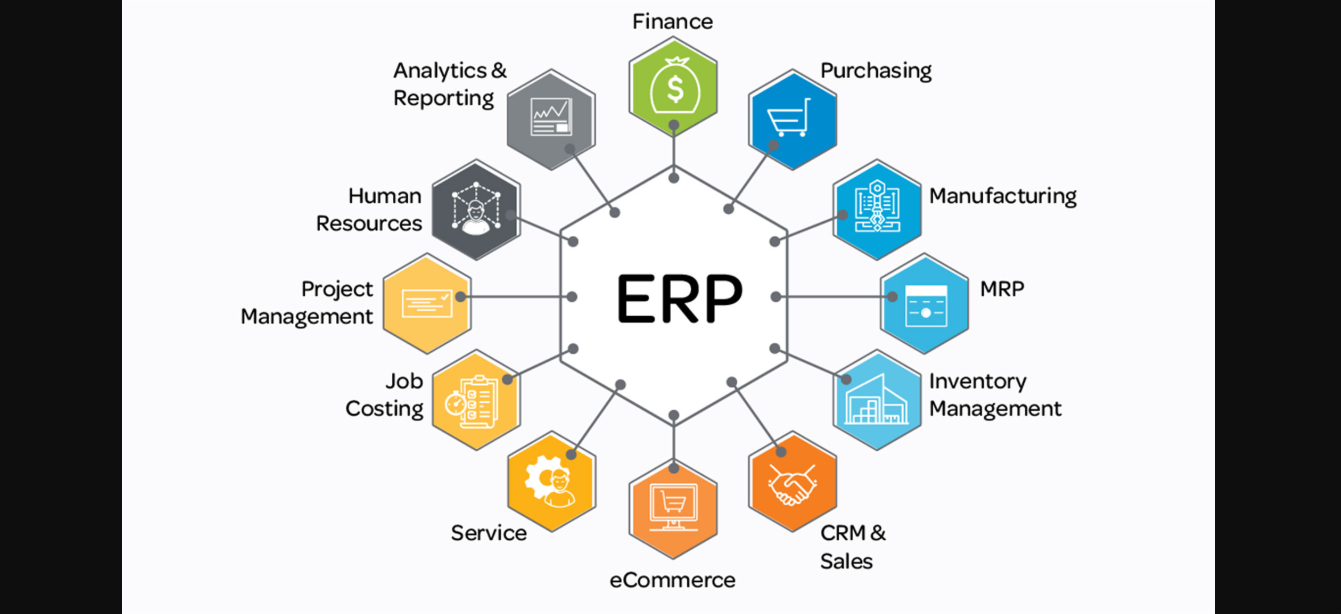
Here are some prominent trends to watch:
- Artificial Intelligence (AI) and Machine Learning (ML) Integration: AI and ML are poised to revolutionize ERP by enhancing automation, predictive analytics, and decision-making. Imagine an ERP system that can predict future demand based on historical sales data, automate complex financial reconciliations, or even identify potential supply chain disruptions before they occur. This will lead to smarter operations and more proactive business strategies.
- Cloud-First and Hybrid Cloud Dominance: The shift towards cloud-based ERP solutions will continue to accelerate due to their inherent flexibility, scalability, and accessibility. Hybrid cloud models will also become more prevalent, allowing businesses to leverage the best of both worlds – the control of on-premises for critical data and the agility of the cloud for other functions.
- Industry-Specific ERP Solutions: As businesses seek more tailored functionalities, the demand for industry-specific ERP solutions will grow. These specialized systems will offer deeper functionalities and pre-configured workflows relevant to niche sectors, reducing customization needs and accelerating time to value.
- Internet of Things (IoT) Integration: The integration of IoT devices with ERP systems will provide real-time data from physical assets, supply chains, and manufacturing floors. This connectivity will enable businesses to track inventory with greater precision, monitor equipment for predictive maintenance, and gain unprecedented visibility into their operational processes.
- Low-Code/No-Code Platforms: To empower business users and reduce reliance on IT, low-code and no-code platforms are gaining traction within ERP. These platforms allow non-technical users to customize workflows, build reports, and create integrations with minimal or no coding, fostering greater agility and user adoption.
- Enhanced Cybersecurity and Blockchain: With increasing data volumes and interconnected systems, cybersecurity will remain a top priority. Blockchain technology is emerging as a solution to enhance data security, transparency, and traceability within ERP systems, particularly for supply chain management and financial transactions.
- Mobile ERP: The ability to access ERP functionalities on mobile devices will continue to be crucial. Mobile ERP apps will empower employees to perform tasks, access data, and make decisions on the go, improving responsiveness and productivity, especially for field service teams or warehouse operations.
These trends highlight a future where ERP systems are not just transactional tools but intelligent, proactive partners in business strategy, continuously adapting to market changes and driving sustainable growth.
Conclusion
In an increasingly competitive and data-driven world, understanding what is ERP and how to leverage its power is paramount for any forward-thinking organization. Enterprise Resource Planning systems are far more than just software; they are comprehensive business transformation tools that integrate core operations, provide real-time insights, and drive efficiency across the board. From streamlining financial processes and optimizing supply chains to enhancing customer relationships and empowering employees, a well-implemented ERP system lays the foundation for sustained growth and operational excellence. By embracing the capabilities of modern ERP and staying attuned to future trends, businesses can unlock new levels of productivity, make smarter decisions, and ultimately, achieve their strategic objectives.
Ready to unlock the full potential of your business with a tailored ERP solution? Contact us today for a consultation and discover how Enterprise Resource Planning can transform your operations.


